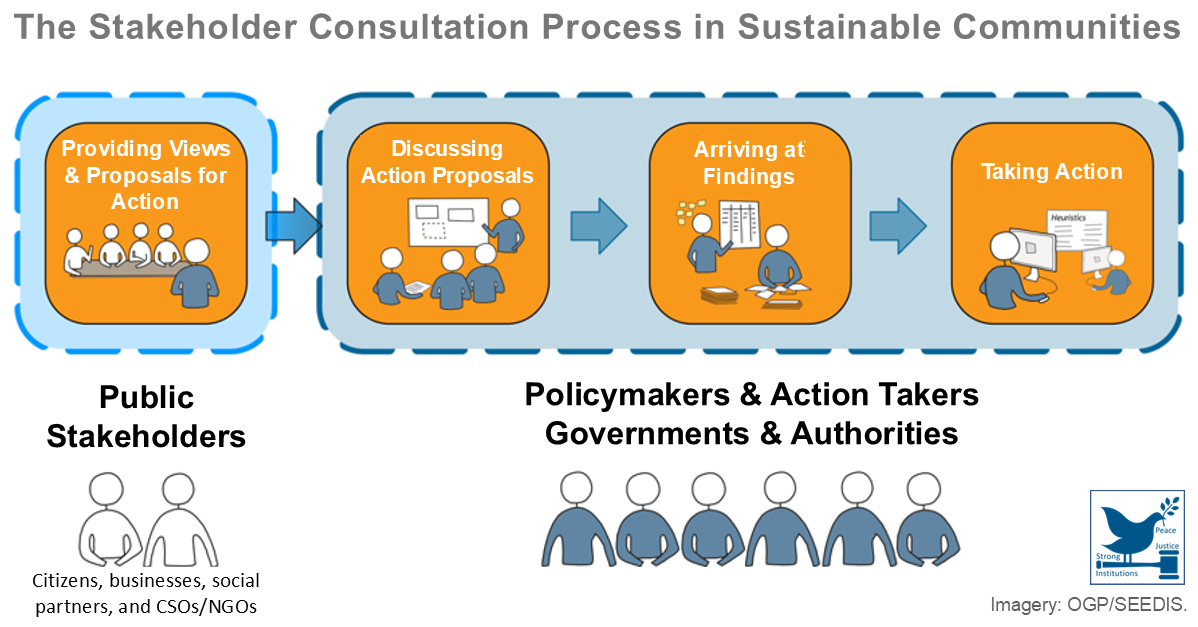Dividends per share is used in other financial formulas, including dividend yield and the dividend payout ratio. Dividends per share (DPS) is the ratio of the total annual dividends a company pays out to common shareholders, including interim dividends, divided by the number of common shares issued and outstanding:
DPS = Common Stock Dividends/Number of Common Shares
Dividend yield (DYR) is the multiple that shows the dividend paid out to a company’s common shareholders as a percentage of the per share market price of the stock:
DYR = Common Stock Dividends/Share Price
The dividend payout ratio (DPR) is the amount of dividends paid out to common shareholders (dividends – preferred stock dividends) relative to a company’s total net income. The formula to determine the percentage of net income (earnings) paid out to common shareholders or, conversely, retained by the company is:
DPR = Dividends/Net Income
or
DPR = 1 – Retention Ratio
If the dividend per share (DPS) and earnings per share (EPS) are known, the dividend payout ratio can alternatively be stated on a per share basis (DPS/EPS):
DPR = DPS/EPS
The enterprise value-to-EBITDA (EV/EBITDA) ratio compares the enterprise value of a company with its operating profit or EBITDA, where enterprise value (EV) is the total market value of all sources of a company’s financing (i.e., market value of equity + market value of preferred equity + market value of debt – cash and cash equivalents) and EBITDA is earnings before interest, taxes, depreciation, and amortization. It is primarily used for capital intensive businesses where depreciation is significant and for high-debt companies to measure the company’s operating profitability before interest is paid out to its creditors.
The price/earnings-to-growth ratio (PEG) relates a stock’s price earnings ratio (PER) to the earnings growth ratio (EGR), which is the expected growth rate of the company’s earning per year:
PEG = PER/EGR


Leave A Comment
You must be logged in to post a comment.